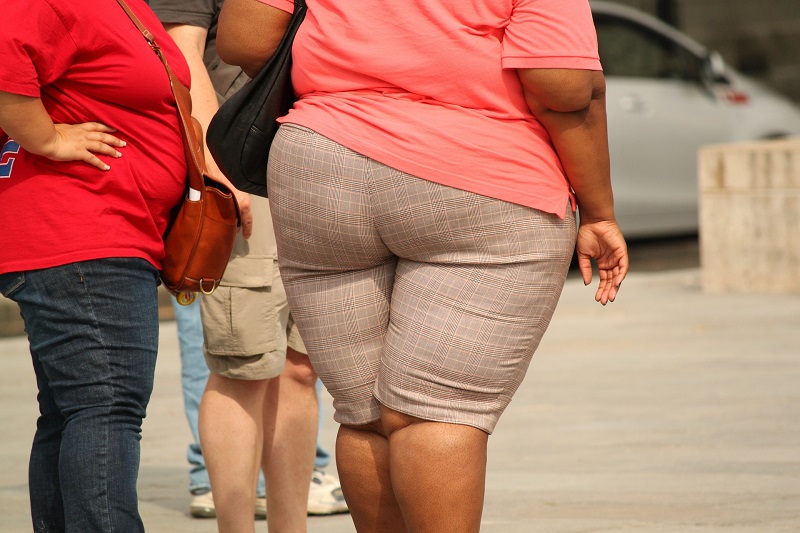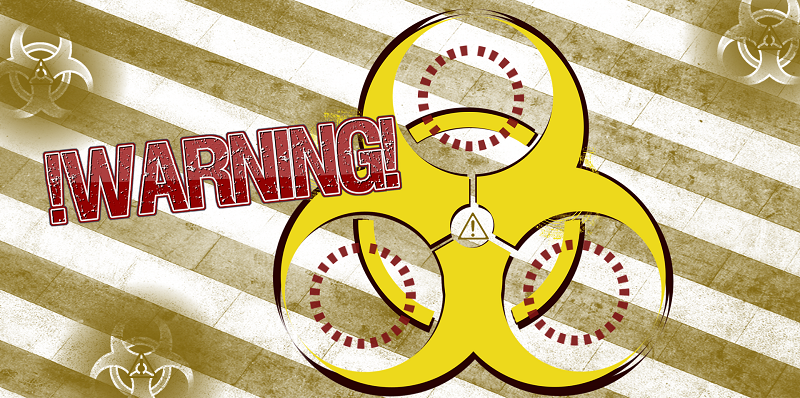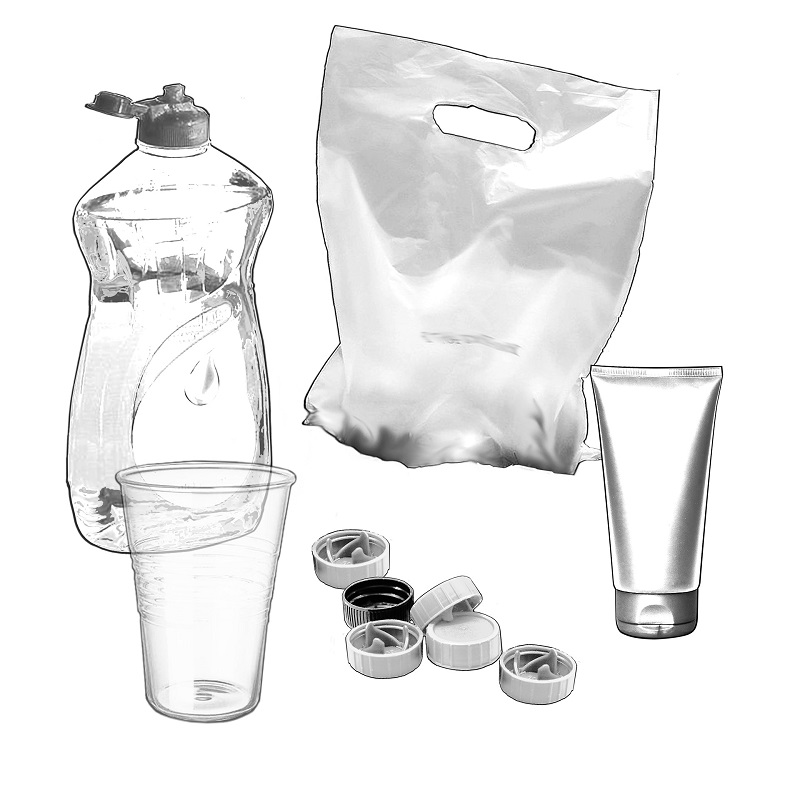Endocrine Disrupting Chemicals: How to Reduce their Impact on Your Family’s Health
/Updated 05/12/2024
What are endocrine disrupting chemicals (EDCs)?
Many of the chemicals that are included in the personal care products we use every day are endocrine disruptors (EDCs). EDCs are a class of synthetic chemicals that have been clinically proven to interfere with the normal functioning of the endocrine system in the bodies of humans and some animals. The endocrine system regulates the metabolism and function of the body. Endocrine glands secrete hormones that act on our organs through cognate receptors. Some of these hormones regulate brain and reproductive functions, including reproduction.
Common EDCs that you may have heard about include BPA, phthalates, dioxins, and organochlorine pesticides like DDT and DDE. Altogether, over 800 chemicals are known to be endocrine disrupting, although only a small number of these have been tested to determine their overall effects on human and environmental health. However, what is clear is that levels of exposure to EDCs have been steadily increasing over the years, as has the incidence of disorders and diseases known to be caused by EDCs. While everyone has been exposed to EDCs, children are particularly vulnerable to their health effects.
What abnormalities can EDCs cause?
EDCs have been linked with many different disorders and diseases in human populations. There is a substantial body of scientific evidence which shows that a certain subclass of EDCs, called “obesogens,” are linked to obesity. Obesogens interfere with the normal function of the metabolic processes that are regulated by hormones. This is especially a risk if exposure occurs in utero.
A mixture of some plastic-derived EDCs, including BPA, DEHP, and DBP, has been found to be able to transmit some adult-onset diseases to the next generation without being genetically transmitted. That means that the diseases are not, strictly speaking, genetically being passed down from parent to child, because the chemical compounds are not actually changing the DNA structure, only transmitting the information from parent to child. For example, a predisposition to become easily stressed can be transmitted from parent to child, but this is not a genetic predisposition, nor can it be fully explained by the child’s adoption of the parent’s behavior. In the same way, a thyroid disorder can be passed down from parent to child in ways that can’t be fully explained by genetics, but that are linked to EDC exposure.
Other diseases linked to EDCs include
Fertility decline
Endometriosis
Early puberty
Immune system responses to vaccine like TB and MMR
Increased predisposition to asthma and allergies
Respiratory tract infections in children exposed to PCBs and DDEs
social function disorders like autism, ADD and Asperger’s
Decreased cognitive capabilities in children (and some adults)
Cancer
What about EDC’s in our parents’ and grandparents’ generations?
While EDCs have been around since the invention of synthetic chemicals, they did not come close to having the harmful effects on humans and the environment that they do today. EDCs have increasingly become problematic since the 1950s, when scientists noted a decline in the population of Baltic gray seals. They noticed that the seals had a high incidence of uterine fibroids and had been heavily exposed to organochloride pesticides. Today, more than 80,000 synthetic chemicals are available in the US market alone, and over 5000 children’s products contain EDCs. Thousands of new synthetic chemicals are being produced every year, with the vast majority of them untested, and their effects on human and environmental health unknown. Regulatory bodies just can’t keep up!
Scientists simply didn’t understand the risks from EDCs until fairly recently. The last 2 decades have seen more correlations being made between EDCs and human and environmental health because more studies are being done. Back in 1992, Danish scientists did a global study on male fertility and found that men’s sperm counts and quality had declined in several countries. They placed the blame for decreased male fertility on the increased use of EDCs in industrial production. Although this study has been widely criticized as flawed, it did spark global interest in the prevalence of EDCs in the environment and how these chemicals were affecting human health. In 2012, the World Health Organization and the United Nations Environment Programme released a report that confirmed the threats to wildlife and human fertility from EDCs, while also acknowledging the need for more conclusive human studies. There is still a lot of debate in global scientific, medical, and environmental activist communities about whether there is a link between endocrine disruptors (EDCs) and an increase in human infertility, with the scientific research community being largely skeptical, the activist community mostly alarmist, and the medical community tending to fall somewhere in-between. However, scientists and medical professionals alike agree that there are now many environmental threats to male and female reproductive functions that we just can’t ignore.
How can you reduce your family’s exposure to EDCs?
While it’s impossible to completely eliminate your exposure to EDCs, there are steps you can take to reduce your exposure significantly. Here are 6 action steps you can take right now:
1. Read the label and become familiar with some of the most common EDCs
Look for the names and alternate names of toxic chemicals in ingredient lists. Parabens are probably the easiest ingredients to spot on the ingredient list of food and personal care products: just look for words with the suffix -paraben. The most likely names you will come across are the preservatives methylparaben and ethylparaben. You may also see the names propylparaben and butylparaben on the ingredient list of your cosmetics.
Dioxin is prohibited for use in consumer goods, so it will not appear on the ingredient list of any products you purchase; however, it may be produced by bleach and products containing bleach when they interact with organic compounds. Avoiding bleach and products containing bleach can reduce your exposure to dioxin. There are other, safer products to use to disinfect surfaces or to whiten fabrics, like vinegar and hydrogen peroxide.
Nowadays, there are many products available on the market advertised as BPA-free, so you can look for these products when you shop for plastic goods for your children. Minimize your use of canned foods, since the lining of these contain BPA. However, avoiding products containing BPA may only minimally help, for reasons I have laid out in an earlier blog post.
Formaldehyde is contained in a surprising number of personal care products marketed for children, but rarely appears in the ingredient list of such products. Sometimes, this is because it is present as a by-product. If you see the ingredients DMDM hydantoin, formalin, formalith, methanol, methyl aldehyde, methylene glycol, methylene oxide, paraform, or BFV, you can be fairly certain that formaldehyde is present in that product.
Sign up for the Green and Prosperous library of free resources to access the “cheat sheet” of toxic chemicals. You can print the sheet and keep it in your purse of wallet, or download it to your phone for easy access. It will help you remember which ingredients to look for and avoid in the products you buy. Use it every time you shop until you become familiar with some of these ingredients.
2. Switch to products that are toxin-free
This one is easy. There are many eco-friendly products on the market nowadays, and many of them are affordable. Store brands are probably the least expensive. Some of my favorite products are from the Honest Company, Ecover, and Earth’s Best. I’ve just begun using Juice Beauty, but have heard from others that their skin care line is very good. I’m working on a list of eco-friendly companies to add to the Free Resource library. In the meantime, take a look at the recommended products page for a selection of eco-friendly goods.
3. DIY personal care products
If you are more ambitious and have the time and interest, you can make many of your own personal care products. There are lots of articles online that show you how to do this. My favorite local herb shop, Smile Herbs, offers several online classes that teach you how to make your own toxin-free personal care products, like the "Crafting Herbal Creams and Whipped Butters" class happening on October 14th. They are affordably priced, and I highly recommend them!
4. Choose your packaging wisely
Choose plastics with recycling code 1, 2, or 5. Plastics made with recycle codes 3 or 7 are more likely to contain BPA, BPS, or phthalates. The National Institute of Environmental Health Sciences, part of the NIH, has advised against microwaving polycarbonate plastics or washing them in the dishwasher, since over time, the plastic in them breaks down and allows BPA to leach into your food and beverages.
If your baby or toddler’s plastic cup, plate, or feeding utensils have become scratched, discard them. Worn products harbor germs and, if they contain BPA, will release small amounts of this chemical.
With an increasing number of people jumping on the zero-waste and plastic-free bandwagons, you can easily find alternatives to plastic. Eco-friendly doesn’t just refer to product ingredients: it also applies to packaging, so choose products that are packaged wisely and minimally.
5. Keep up the pressure on retailers.
Put pressure on retailers to limit use of chemicals in their products. CVS, Target, Costco, and some other major companies have made commitments to eliminate toxins in some of the products they sell. Make sure they stick to this commitment. You can do this by signing up for the Mind the Store Campaign, created by the organization Safer Chemicals, Healthy Families: http://mindthestore.saferchemicals.org/. Because of consumer pressure, Costco has agreed to screen products containing toxic chemicals. Retailers like CVS and Target have pledged to eliminate toxic chemicals from their store brand personal care products.
6. Become informed.
in the U.S., see how your state is dealing with the issue of toxic chemicals through Safer States’ bill tracker. In Europe, follow the findings and recommendations of the EU Commission, Director-General of the Environment page. Canada’s Environmental Assessment Agency provides information on how the public can participate in environmental assessments, while India’s national environemntal watchdog, the National Green Tribunal, contains and information warehouse and a link to a portal where the public can file complaints about environmental violations.
In your day-to-day life, be aware of what’s in the products you buy. Access my cheat sheet for toxic chemicals in personal care products by clicking the button below. This will also subscribe you to for my mailing list, which will give you access to tips, tools, and strategies for healthy living as well as special subscriber-only discounts on my products and online courses.
Access the cheat sheet by clicking the button below. By doing so, you’ll also get access to my WHOLE LIBRARY of free resources for healthy living.
Like this? Please Pin!














































Many of the chemicals that are included in the personal care products we use every day are endocrine disruptors (EDCs). EDCs are a class of synthetic chemicals that have been clinically proven to interfere with the normal functioning of the endocrine system in the bodies of humans and some animals. The endocrine system regulates the metabolism and function of the body. Endocrine glands secrete hormones that act on our organs through cognate receptors. Some of these hormones regulate brain and reproductive functions, including reproduction.